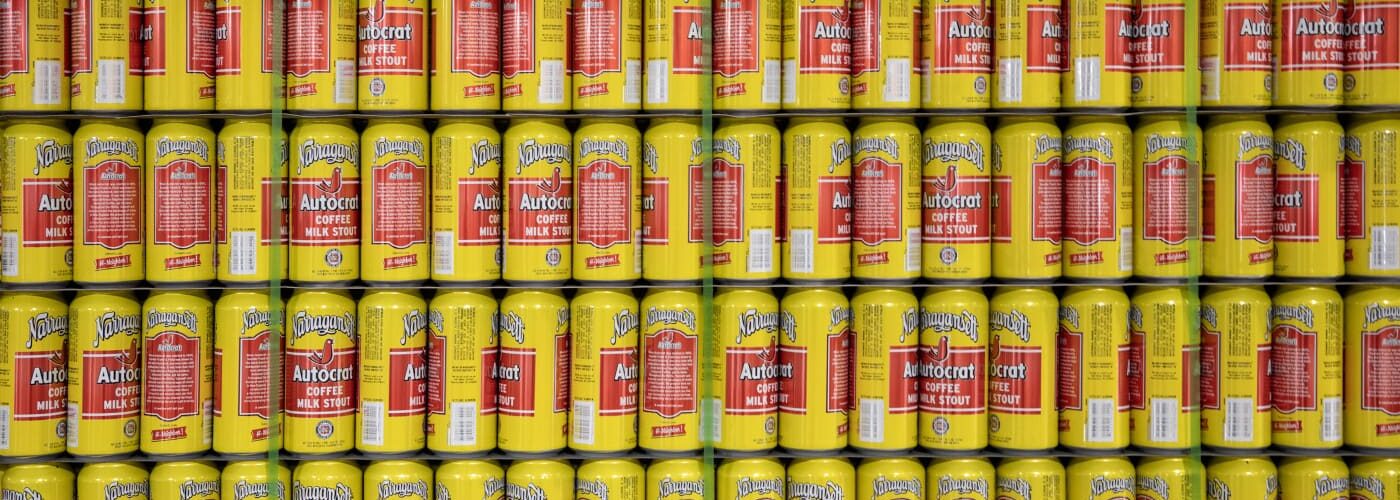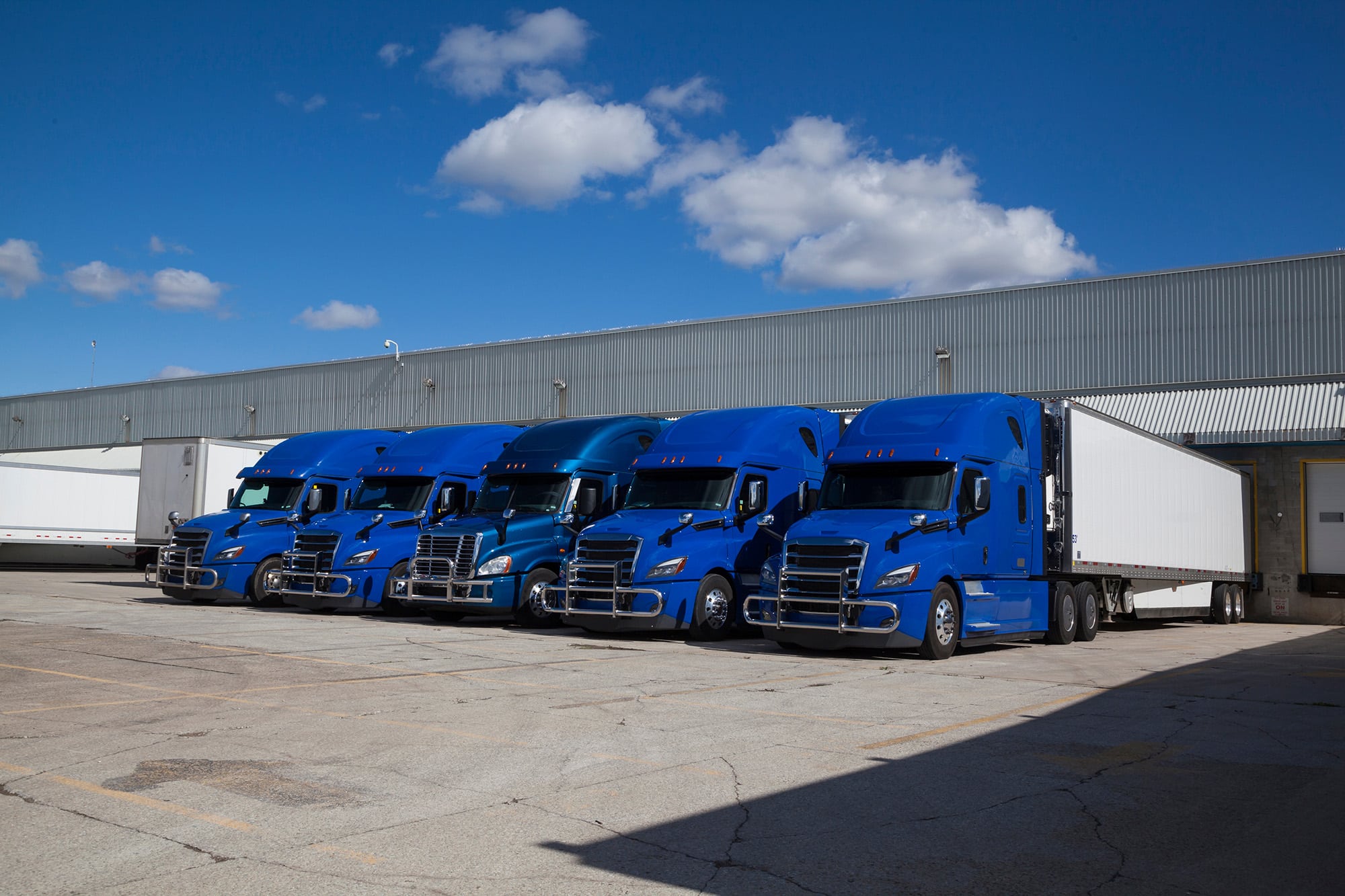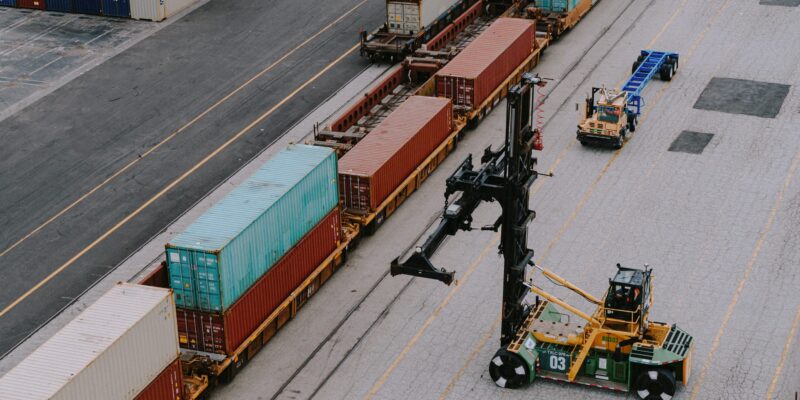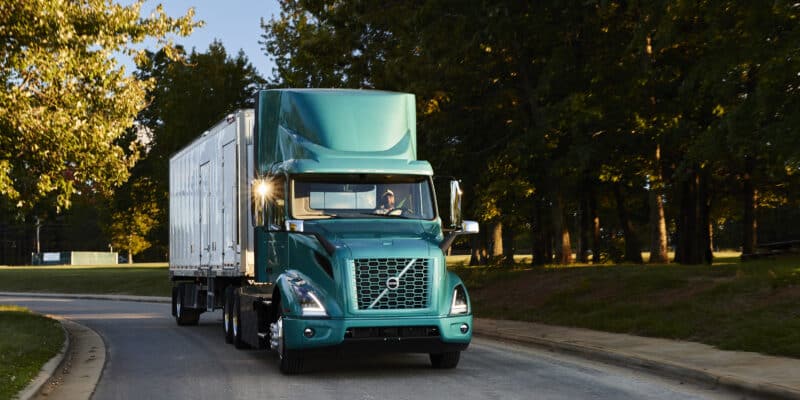What summer beverage season means for your business in 2023

Nothing embodies summer like enjoying a sunny day and cracking open a cold drink with some friends. The season is upon us, and with that comes a busy few months for beverage shippers. From May to September, breweries and other beverage companies monopolize refrigerated containers. In typical years, the season puts pressure on shippers to navigate tight capacity—and not only beverage shippers, but anyone who uses reefers including grocery stores, beauty companies, and pharmacies. Even products that don’t normally require refrigerated containers might now due to rising temperatures.
The freight market in 2023, however, has been defined by slow demand and plentiful supply. This is good news for beverage shippers: securing capacity will be easier throughout this summer season than in recent years. Shippers have an opportunity to make the most of a soft market by preparing an agile procurement plan that will help achieve cost savings throughout the summer.

Oversupply shouldn’t mean underprepared
Despite bountiful capacity, shippers should still be ready to react to whatever this summer beverage season might bring. Beverage companies are a large market when it comes to transportation. This year, total transportation costs are expected to surpass $30 billion—indicating a massive growth in beverages being shipped. Though you’re less likely to encounter bottomline-altering fluctuations in rate and capacity when the market is oversupplied, it’s crucial to not get caught off guard.
To anticipate potential shifts in freight availability, businesses should invest accordingly. Work with a logistics partner to budget with wider margins. Unexpected rate spikes or capacity limitations due to weather could mean product shipping delays or unforeseen costs. A summer surge buffer can guard against an over-budget quarter. Or, in the event the summer conditions are favorable, you end up with higher cost savings.
Digital TMS solutions can help shippers stay ahead
Visibility into your shipping routes and flexibility to book in advance can save your business time and money while trying to navigate a busier season for climate-controlled containers. Companies like Narragansett Brewing use Uber Freight Lane Explorer, a platform that allows shippers to view market rates and book loads with complete transparency. This type of TMS tool allows shippers to proactively book and manage their loads, making it easier to successfully navigate potential fluctuations in carrier availability.
During an oversupply season, there’s an opportunity to explore more out-of-the-box options to deliver goods instead of relying on run-of-the-mill tactics.
Freight allocation module (FAM) is one way shippers can achieve greater cost-savings. FAM is an online auction platform for shippers and carriers. Unlike traditional spot rate processes, FAM offers shippers and carriers more flexibility and visibility. Shippers can list their load for carriers to bid on within the online application, helping them easily secure the lowest cost per load.
Pop-up fleets also offer businesses secure and consistent ways to ship despite market fluctuations. Pop-up options use the same pre-set, low-cost rates shippers can always rely on—but with the flexibility that’s needed during fluctuating carrier availability. It’s ideal for shippers who have extra loads to ship, especially during surges like summer beverage season.
Work smarter, not harder
The summer beverage season is upon us, so it’s time to make sure your business is prepared. Oversupply doesn’t erase the potential for surges. Get ahead of the game by working with a logistics partner that has the expertise and tools to help navigate the busy season and find cost-savings opportunities.
To make the most of this summer, connect with an Uber Freight representative today.



